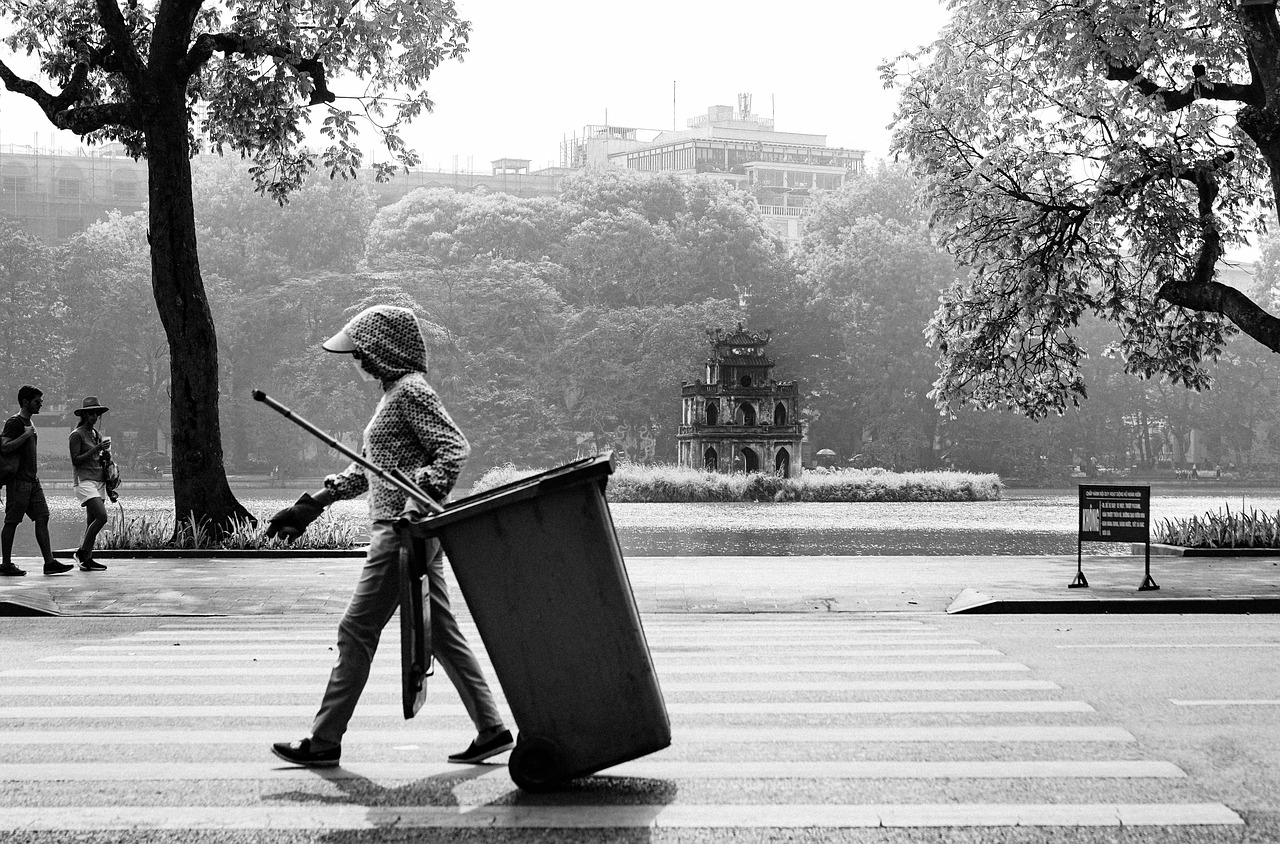Recycling drop off locations offer a convenient way for individuals and businesses to dispose of waste responsibly. These sites include landfills, transfer stations, and specialized recycling centers that accept various materials such as batteries, electronics, and household hazardous waste. To find a suitable drop-off location, users can enter their address into online maps provided by local waste management services or organizations like TerraCycle.
Many cities and companies maintain extensive networks of facilities to support recycling efforts, often available 24/7 or with flexible hours. Drop-off points may handle materials that regular curbside pickup does not accept, giving people more options to reduce landfill waste and increase recycling effectiveness. Community depots and commercial facilities work together to make recycling accessible and straightforward.
Knowing where to drop off recyclables can help maximize waste diversion and ensure materials are properly processed. Location-based tools and resources simplify this process, allowing users to quickly find the right place for items ranging from household goods to specialty waste like electronics or beauty product packaging.
Finding Recycling Drop Off Locations
Recycling drop-off locations vary depending on the type of material and geographic area. Residents can find designated sites through official programs, web tools, and commercial partners that accept specific recyclables.
Local Government Programs
Many cities and municipalities operate their own recycling drop-off depots. These locations are often linked to local waste management systems and accept common recyclables such as plastics, metals, paper, electronics, and household hazardous waste.
In Toronto, for example, drop-off depots are located at waste transfer stations. Proper vehicle requirements and load securing rules typically apply. These sites may have special hours for items like electronics and hazardous waste. Residents can bring used election signs or similar materials during designated periods.
Local programs usually offer free access for residents and help ensure collected materials are processed through environmentally responsible channels. Checking a city’s official website provides the most accurate, up-to-date depot locations and accepted items.
Online Location Finders
Online recycling maps simplify finding nearby drop-off points for different recyclable
Accepted Materials and Preparation
Recycling drop-off locations typically accept a variety of materials with specific requirements to ensure proper processing. Knowing the types of items allowed and how to prepare them helps prevent contamination and improves recycling efficiency.
Commonly Accepted Items
Most drop-off centers accept paper products, including newspapers, magazines, and cardboard. Glass containers like bottles and jars are usually accepted if they are clean and free of lids.
Plastic containers labeled with recycling symbols, especially numbers 1 and 2, are widely accepted. Metals such as aluminum cans and tin containers are also common. Some centers take electronic waste and batteries, but often these require special handling.
Organic waste, textiles, and general household garbage are rarely accepted. It is important to check individual location guidelines as accepted materials can vary.
Material-Specific Guidelines
Paper must be dry and free of food residue. Cardboard boxes should be flattened to save space. Glass should be rinsed to remove any labels or food remnants.
Plastics need to be clean and sorted by type when possible. Containers should be drained but may not require label removal. Metals should be emptied and free from contaminants like grease.
Electronics and hazardous materials often have seasonal or separate collection events. Drop-off points may not accept materials that could damage equipment or pose safety risks, such as fluorescent bulbs or paint.
Prepping Recyclables for Drop Off
Items should be sorted before arriving at the recycling center to streamline the process. Containers should be rinsed to avoid contamination of other recyclables.
Removing non-recyclable parts, like caps on bottles or metal fasteners on cardboard, helps facilities process materials correctly. Flattening bulky items increases capacity.
Clearly labeling bags or boxes with contents can aid staff but is not mandatory. Heavy or large items should be transported safely to avoid accidents or damage.








